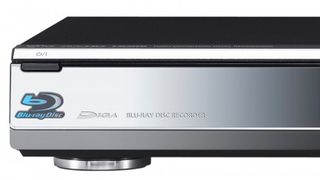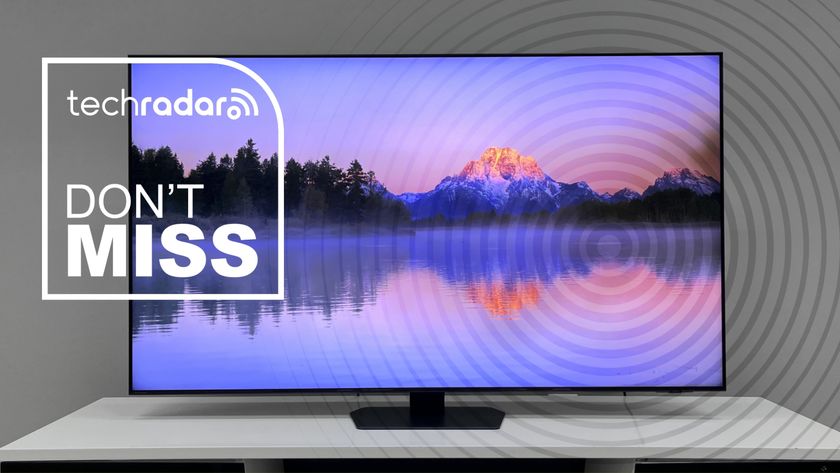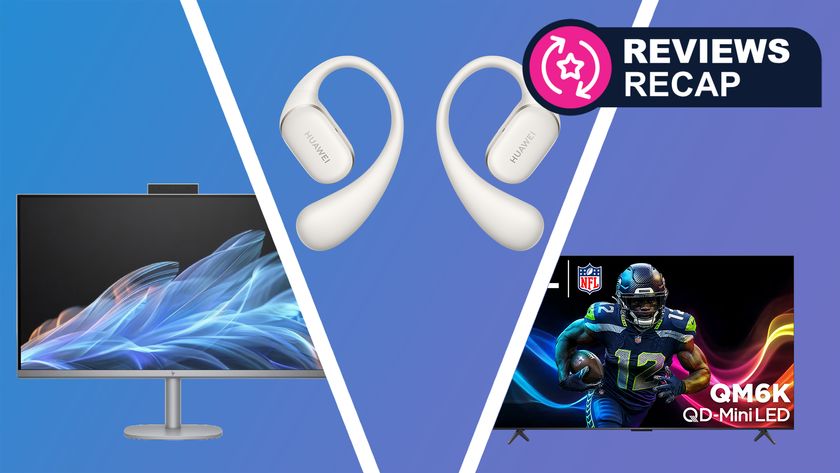Meet SeeQVault: the new tech that will change the way you watch TV
Making shaky streaming a thing of the past
It's not unusual in Japan for people to take train journeys of an hour or more to get to work. "Japanese consumers are very tech-savvy, and were hoping that they will work out any kinks in the technology so we can adapt it quickly for the rest of the world, adds Short.
What about Blu-ray?
Will you be able to transfer a movie from a Blu-ray disc to a SeeQVault-compatible SD Card to watch on a phone? "That's a politically-charged question," says Short. "We are discussing the technology in certain forms with the Blu-ray Disc Association and the Advanced Access Content System, recognising that Panasonic, Sony, Samsung and Toshiba are all members of those organisations."
For now, then, it's a no, but there's a definite move to popularise SeeQVault in the industry. "It's catch-22, but we think it's going to be ubiquitous and global," says Short. Well, almost; SeeQVault won't be completely industry-wide for it's aimed only at Android and Windows smartphones, specifically from Sony and Samsung. But we expect the next round of Xperia and Galaxy flagship phones - as well as the next batch of 4k Blu-ray players - to include SeeQVault.

Will it work with UltraViolet?
"We've been talking to UltraViolet about approval of SeeQVault as a discrete media," adds Short. "The idea is that when you purchase UltraViolet movie and you get a token deposited in your account. You can then either burn a disc or transfer the file and download to a SeeQVault card to take it with you to play anywhere you have a SeeQVault device."
Are broadcasters buying into SeeQVault?
Yup. "We have four companies that have a major footprint in hardware," says Short, "but the bottleneck has always been content, so last October two broadcast associations - the Digital Transmission Licensing Administrator (DTLA) and Japan's Association for Promotion of Digital Broadcasting (DPA) - recognised and approved SeeQVault for the recording and subsequent playback in the home of HD broadcasted content."
Now it's been approved by those associations, it doesn't need the nod from specific broadcasters; SeeQVault's presence at September's IBC in Amsterdam is designed to introduce the tech to the European broadcasting industry.
Will consumers be aware of SeeQVault?
SeeQVault is aiming to be more than just an invisible specification. "It's going to be a prominent technology in Japan," says Matsuda. "We're trying to build a success story in Japan by the end of the year, and we're doing the rounds at the IBC and next year's Mobile World Congress to prepare Europe for SeeQVault."
Get daily insight, inspiration and deals in your inbox
Sign up for breaking news, reviews, opinion, top tech deals, and more.
"We don't want to just be a behind-the-scenes technology," says Short. "We want to have the brand recognition that a Blu-ray disc has - every time a consumer sees the logo they know they can play a Blu-ray disc in any Blu-ray player. We want to have that for the SeeQVault logo."
Jamie is a freelance tech, travel and space journalist based in the UK. He’s been writing regularly for Techradar since it was launched in 2008 and also writes regularly for Forbes, The Telegraph, the South China Morning Post, Sky & Telescope and the Sky At Night magazine as well as other Future titles T3, Digital Camera World, All About Space and Space.com. He also edits two of his own websites, TravGear.com and WhenIsTheNextEclipse.com that reflect his obsession with travel gear and solar eclipse travel. He is the author of A Stargazing Program For Beginners (Springer, 2015),













